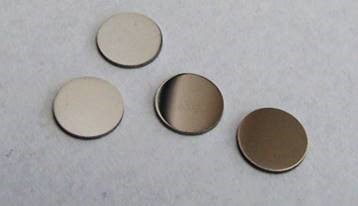Status of standardization and validation of the SPT method for using in nuclear power industry
Assessment of the residual lifetime and possible failure of important components is a critical issue in the safety and reliability analysis of industrial plants, especially for operating nuclear power plants (NPP). One of the dominant ageing mechanisms of NPP components besides the radiation embrittlement and the fatigue loads is the thermal ageing. Various standard tests are available for the determination of mechanical properties which are inevitable for the structural integrity assessment of power plants components. However, standard tests require collection of large-dimension samples coming from the precious materials, usually obtained after exposure to radiation. Since samples for small punch testing (SPT) are quite small, high activity of irradiated materials is no longer an issue. The SPT method as a very useful and effective method applied for evaluation of thermal ageing can be used for determination of mechanical properties such as ultimate tensile strength (Rm), yield stress (Re) and ductile and brittle transition temperature (DBTT), as well as for verification of reliability and repeatability of the SPT by comparison of results between different laboratories.
For years, many scientists, institutions and laboratories over the world have been working to adapt SPT testing conditions into official standard. The method underwent a standardization process both CEN and ASTM with intensive international co-operations in order to verify this method for even more wide-spread utilization. Although ASTM E3205 – 20 standard was finally approved and officially published in 2020, and CEN FprEN 10371:2020 is about to be published soon, the validation of the method keeps going. In Fig. 1 are shown load-deflection curves recorded at various temperatures for RPV steel (15CH2NMFA) for estimation of DBTT temperature. It can be recognized a high uniformity and reproducibility of the SPT results, even at low temperatures when tests are repeated 2 or 4 times. The curves fit on each other very well and results also indicate high homogeneity of tested materials. Another example of validation of the method is shown in Fig. 2, demonstrating comparability of SPT results with values of standard tensile testing declared in inspection certificates for austenitic stainless steel (08CH18N10T). A high level of agreement was identified between the results of evaluated methods with average deviation of Rm and Re being 15 MPa and 28 MPa, respectively. These promising results confirm applicability of the SPT method for evaluation of mechanical properties of materials using in nuclear power industry.
|
|
Marek Adamech
VUJE
marek.adamech@vuje.sk
